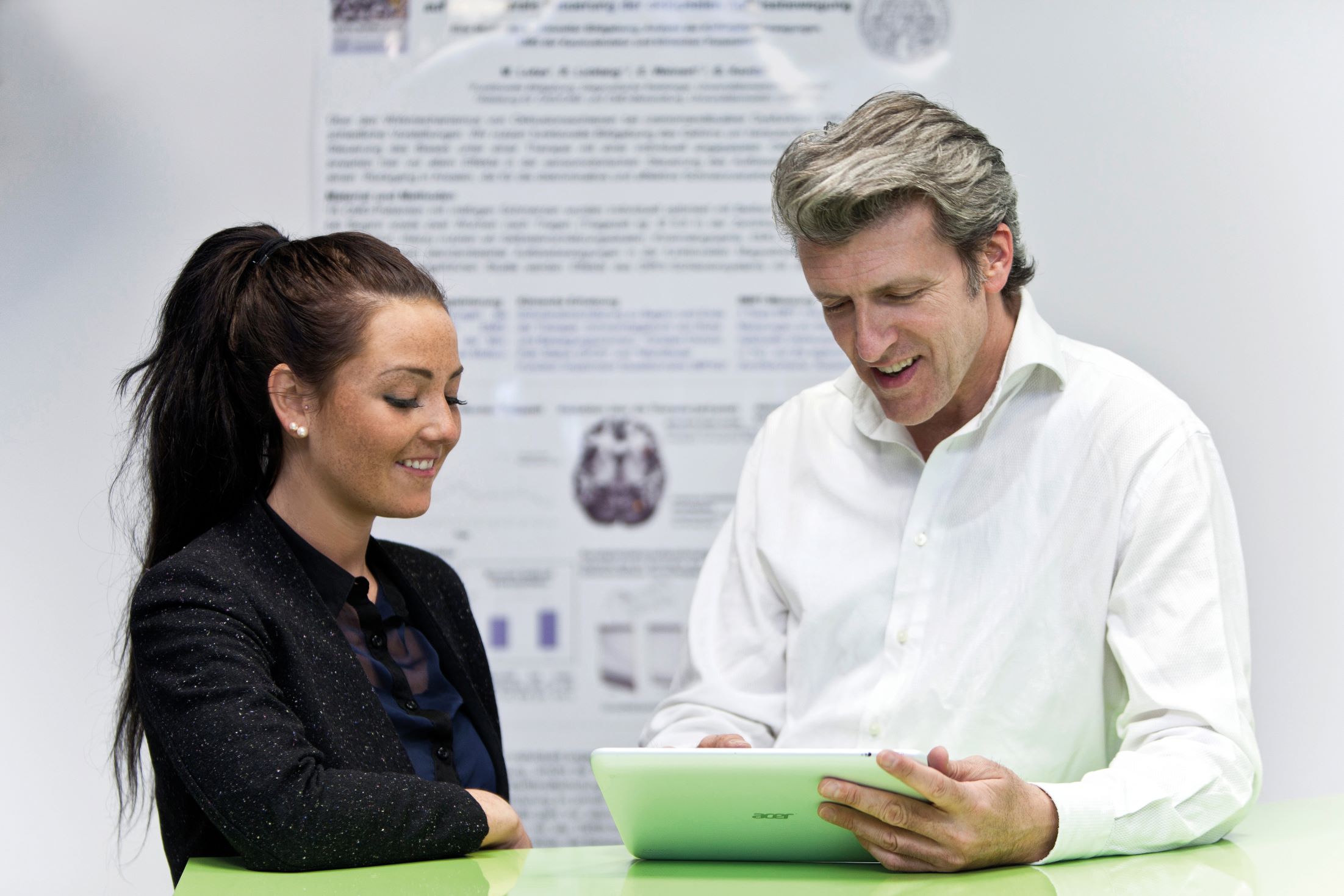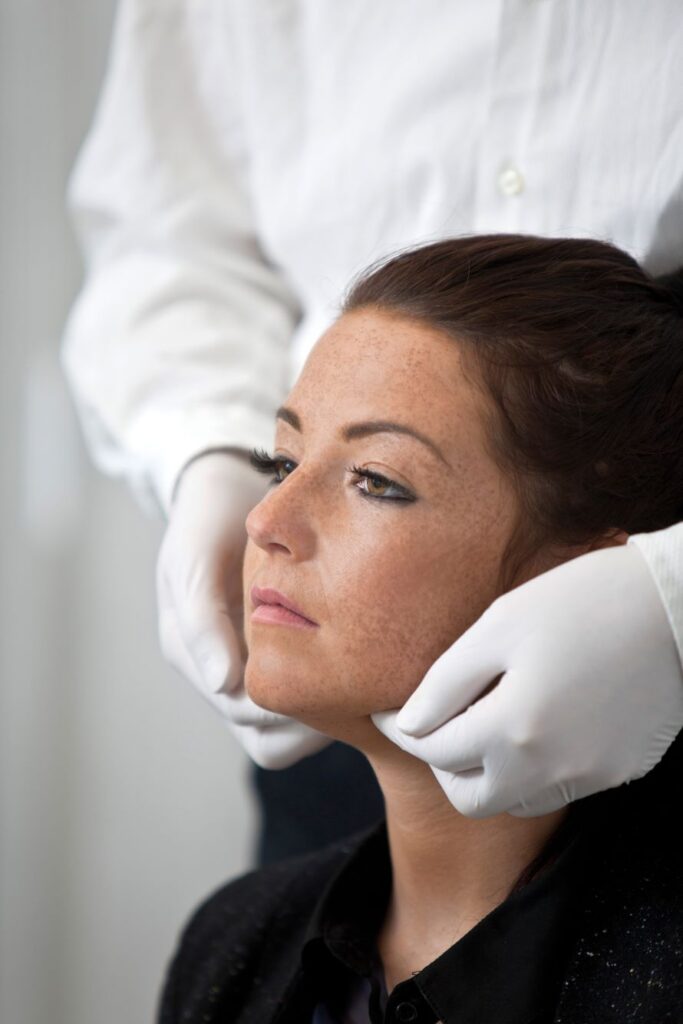The manual clinical functional analysis is used to record the functional findings in the craniomandibular system, as functional disorders are often not correctly recognized without a professional analysis.
This makes it all the more important to have a basis for safe and rapid functional diagnostics in the dental practice, which should be used as a matter of course for every patient before restorative and/or orthodontic treatment planning and to differentiate between unclear jaw and facial pain and/or orofacial dysfunctions.

What does a practical method look like?
Since different causes of the complaints require different treatment approaches, a targeted and thorough diagnosis is of the utmost importance before starting treatment.
1. which diagnostic concept will get me to the desired goal?
2. what does professional functional prophylaxis look like in the practice?
3. do I need further diagnostic measures?
4 Which examinations will give me a clear and unambiguous diagnosis?
5 How can I bill for functional diagnostics?
What the dental practice needs is a basis for safe and fast functional prophylaxis that can be used as a matter of course for every patient.
It should not only consist of a subjective medical history, but must also include a clinical functional status. This is the only way to make a reliable diagnosis that includes all important clues. This would then fulfill the dentist’s obligation to perform a clinical functional analysis as a basic examination. Such an analysis could serve as a well-documented decision-making basis for a possible course of treatment.


The basic examination is always in the foreground.
During CMD screening (basic CMD diagnostics), the patient undergoes a general dental anamnesis with an individually completed digital questionnaire and brief dental findings. If there is no suspicion of a functional disorder, the functional analysis can be completed with this.
If there are indications of a functional disorder, such as
-Tension headaches, migraines, tension in the back and neck muscles, pain in the jaw joints, tinnitus, dizziness, etc.
the dental check is deepened.
The manual clinical functional analysis is used to differentiate between pain, restrictions, disorders of the stomatognathic system, joint noises and different disc displacements. It provides comprehensive results that are documented and evaluated in order to make an initial diagnosis and plan the further course of treatment.
Even if private reimbursement agencies like to refuse to cover the analogous CMD screening service or do not readily recognize the medical necessity of the service, it should not be dispensed with in view of the current case law on dental liability.
The OLG Munich (Ref.: 3 U 5039/13) of 18.01.2017 states that screening to clarify whether a hidden CMD is present or not is standard medical practice prior to prosthetic treatment.
In its ruling (5 U 64/16) of April 8, 2020, the Higher Regional Court of Cologne also came to the conclusion that a functional analysis would have been mandatory prior to the restoration. The omission of the required screening before the start of the prosthetic restoration is considered a diagnostic error.
These questions and requirements have prompted dentists with their own practices and specialist consultants, together with the Society for Functional Diagnostics, to develop the functional prophylaxis procedure for all dentists in a practical and professional manner. The result is the easy-to-use FunktioCheck Pro® software.
The FunktioCheck Pro® software enables you to carry out a quick and uncomplicated manual anamnesis and to make a reliable diagnosis based on the structured entries.
